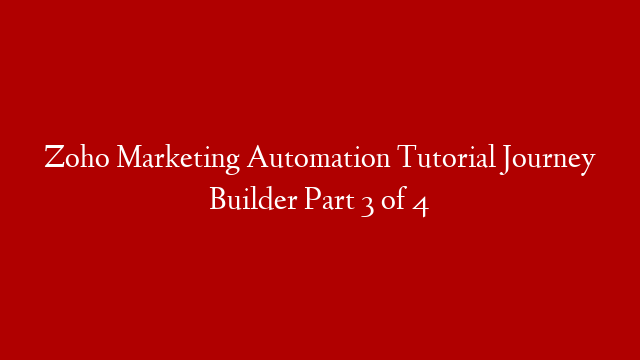Getting Started
Robot Framework is a generic open source automation framework for acceptance testing, acceptance test-driven development (ATDD), behavior-driven development (BDD) and robotic process automation (RPA). It has easy-to-use tabular test data syntax and it is extendable with Python.
The latest version is 3.0.4 and was released on May 5, 2020 – see changes.
Feature Highlights
Debugging support: breakpoints, watches, evaluate expressions, step into/over/out. editor improvements: indent/un-indent of selected lines, new debug toolbar buttons. New features in the Generation report: HTML report can now be generated from the command line with –outputdir/-odir option and the report can be opened automatically in the default web browser after generation by using –open/-o option. Changes to support future Python 3 versions: rules for what qualifies as a “future statement” have been updated to match those of Python 3.8. Renamed module “testdata” to “resources”. Library API changes: removed deprecated methods RobotFramework , Remote , RunKeyword . Check out our own blog post series about what’s new in Robot Framework 3.2!
What is Web Automation?
Web automation is the process of automating tasks on the web, such as filling out forms or creating website accounts. It can be used for a variety of purposes, such as reducing repetitive manual tasks or increasing efficiency when performing certain types of tasks on the web.
For example, if you often need to create new website accounts, you can use web automation to fill out the necessary information (e.g., name, email address, password) and click the create account button automatically. This can save you a lot of time compared to doing it manually each time.
In addition to saving time, web automation can also help you avoid errors that can occur when performing manual tasks on the web (e.g., accidentally clicking the wrong button).
What is Robot Framework?
Robot Framework is a generic open source automation framework for acceptance testing, acceptance test-driven development (ATDD), behavior-driven development (BDD) and robotic process automation (RPA).
It has easy-to-use tabular test data syntax and it is extendable with Python



